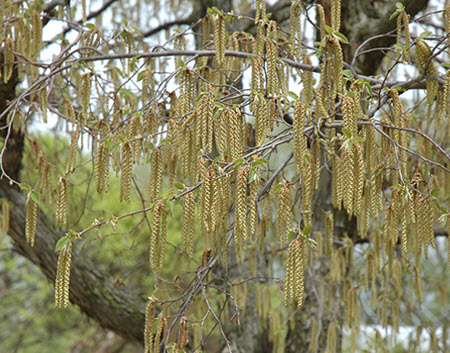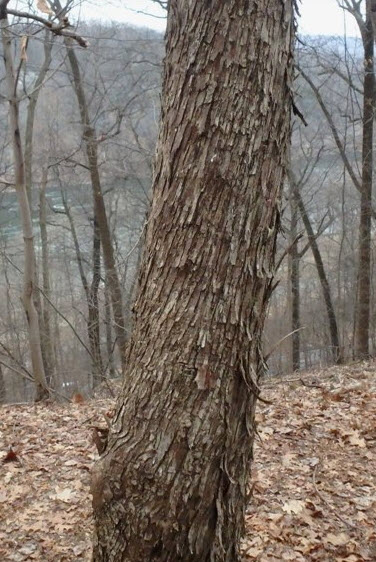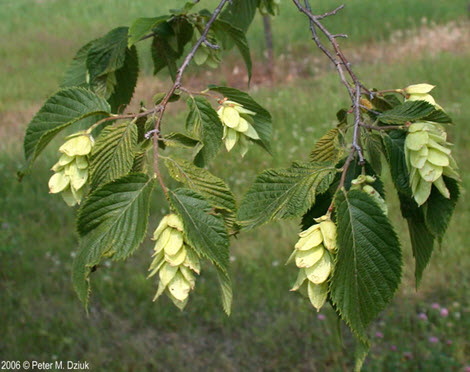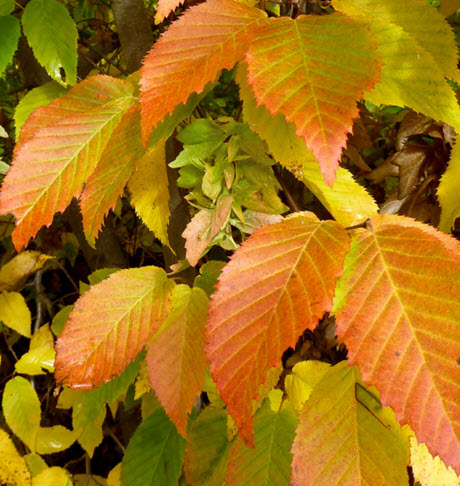Click below to listen to my 2 min. Garden Bite radio show: Ironwood tree
If you have a lot of shade but would love to have a tree in your landscape, consider the native Ironwood tree. Ironwood is a common understory tree throughout Minnesota and Wisconsin’s upland deciduous forests.

Highly shade tolerant, it is slow growing in understories where it rarely grows into the canopy. Its branches are often broadly horizontal and retained fairly close to the ground.

In open sunnier sites it will grow more quickly and could reach 40 ft. In shade it will grow closer to 20 ft.. It’s width can grow to 25 ft. wide. While most often it has only a single trunk, it’s not uncommon to find multi-trunked specimens with a broad, spreading crown.

Its name of Ironwood comes from its extremely hard, durable wood, often used to make handles for tools. Ironwood is an excellent small, urban shade garden species. Also called American Hop Hornbeam, it’s fruit looks like hops. But don’t consider it for beer making!
The bark of mature trees tends to split into narrow vertical strips and becomes flaky, making it very distinctive.

Learn more at University of Wisconsin Green Bay.
Ironwood leaves are dark green throughout the season. The serrated pointy leaves turn lemon yellow in fall and, as mentioned, it produces small clusters of tan hop-like fruit from late summer to mid fall.


This is a low maintenance tree. It has a short trunk with a broad, rounded crown. The branches are long and tend to droop at the ends. As an understory tree in the forest, the Ironwood grows in dense shade. When grown in the full sun the tree flourishes and exhibits a desirable rounded shape.
